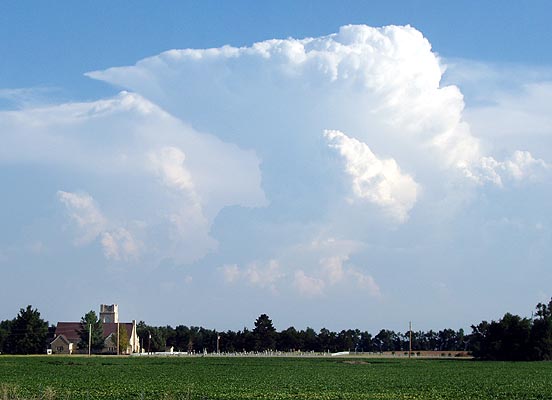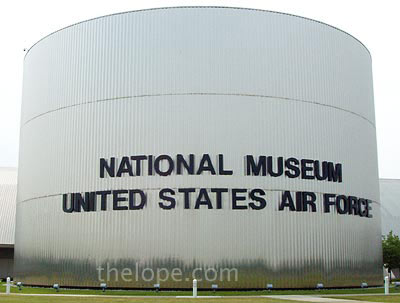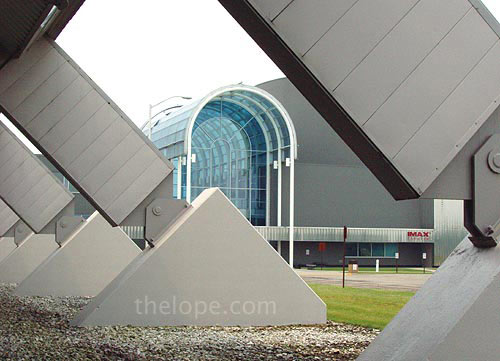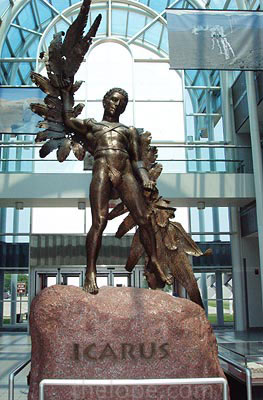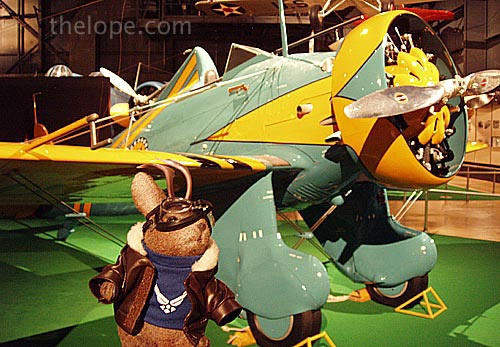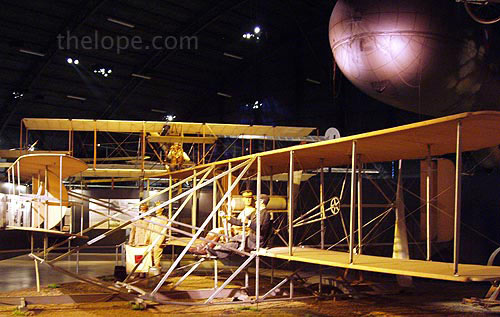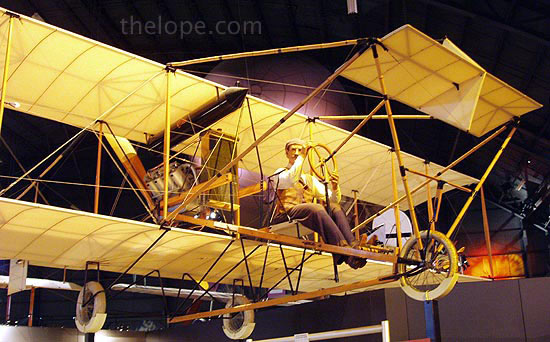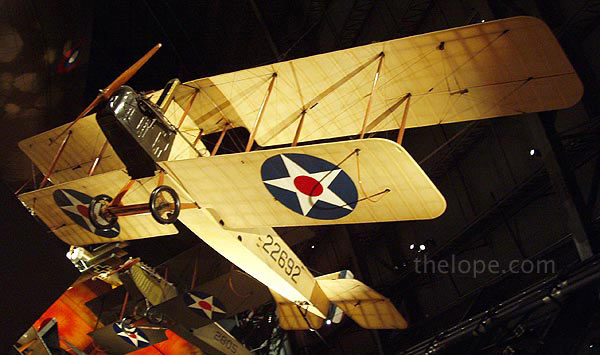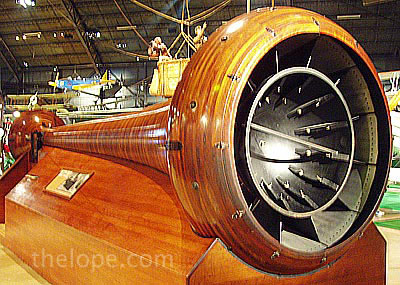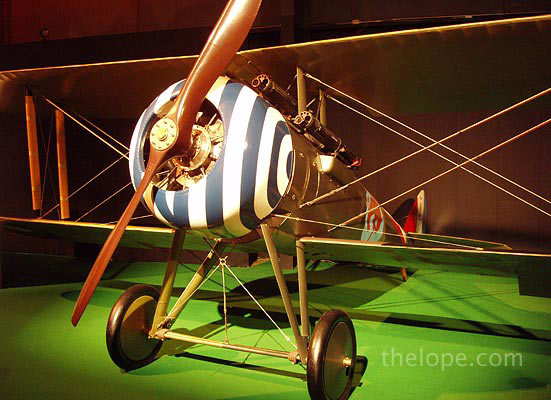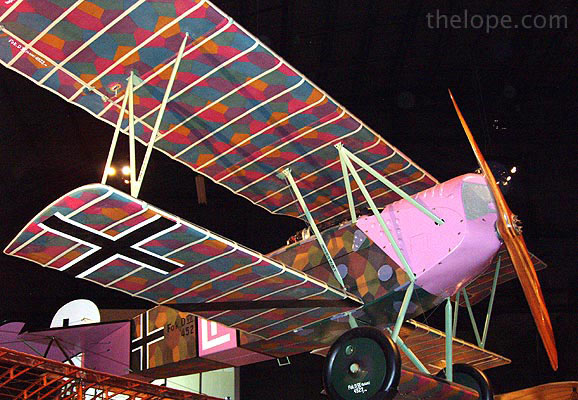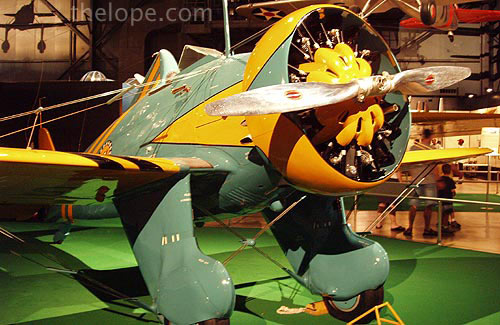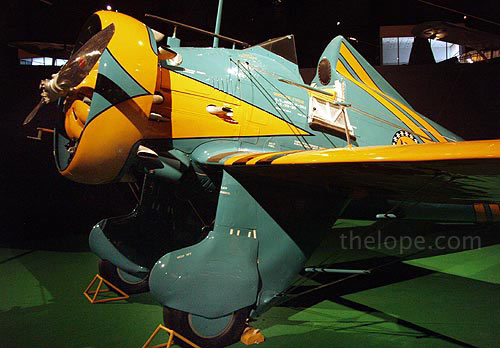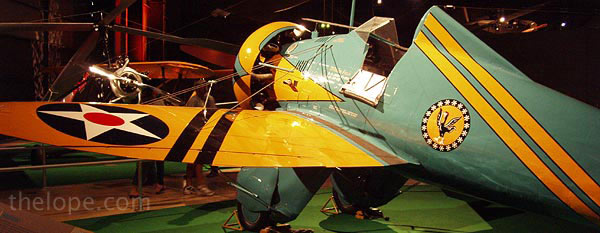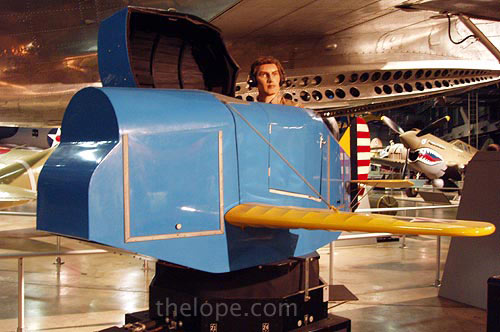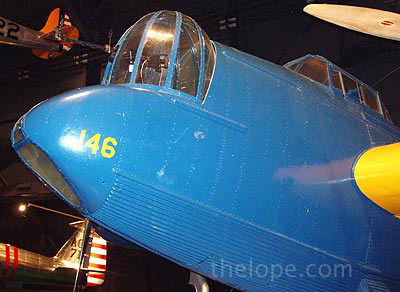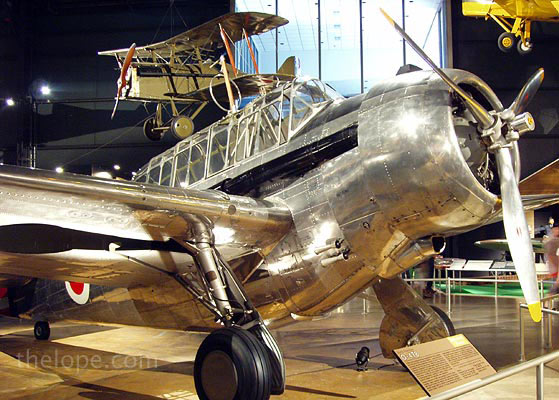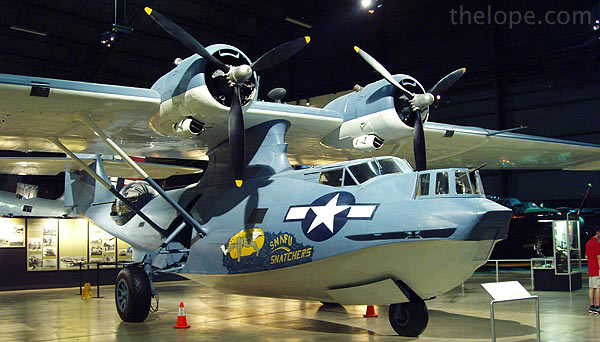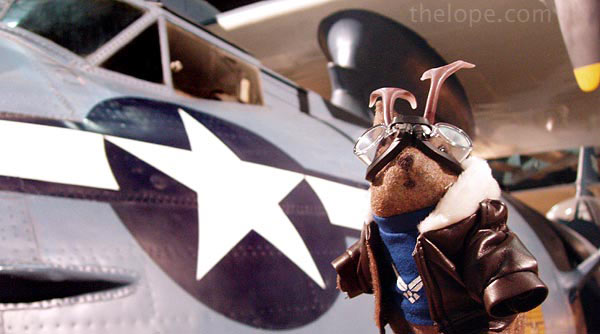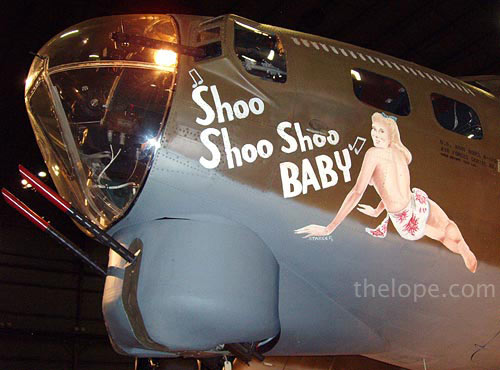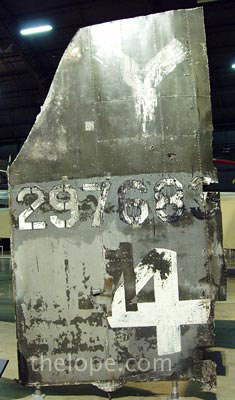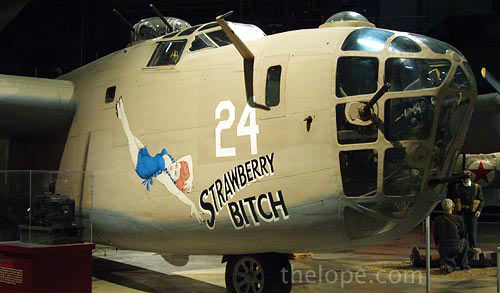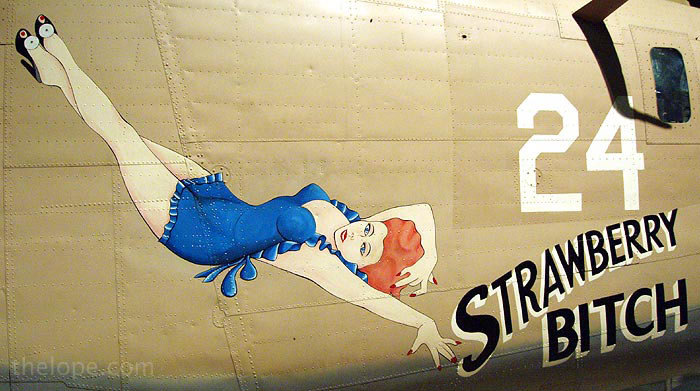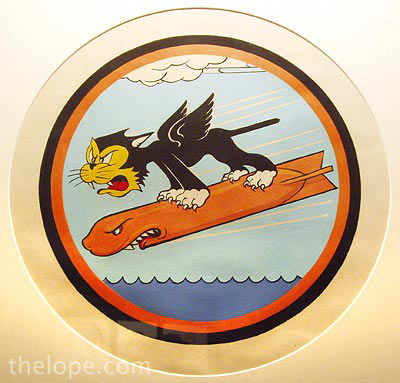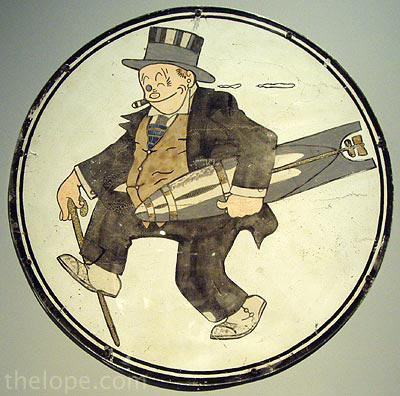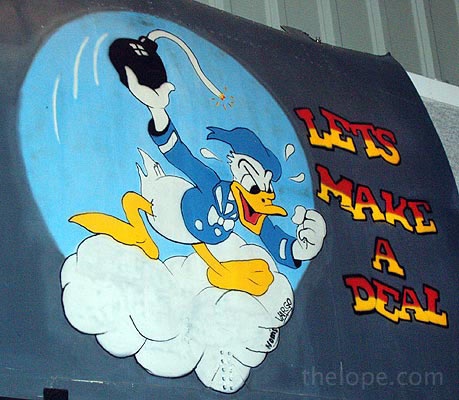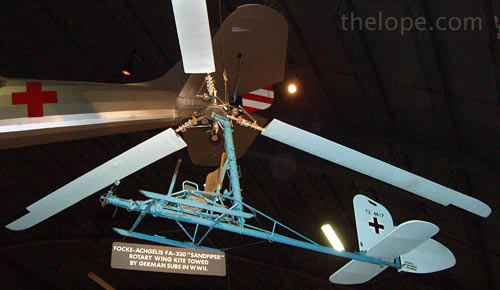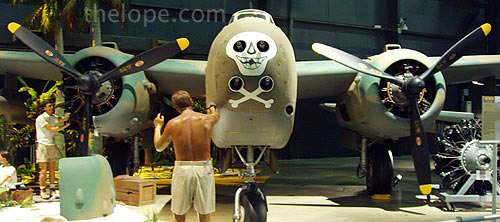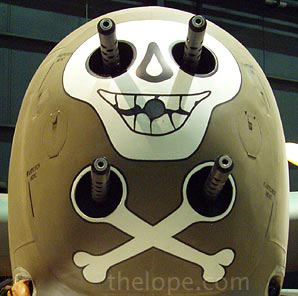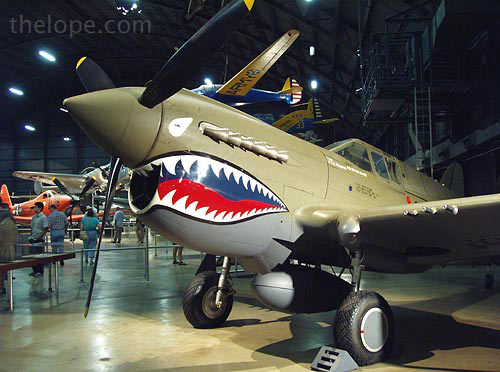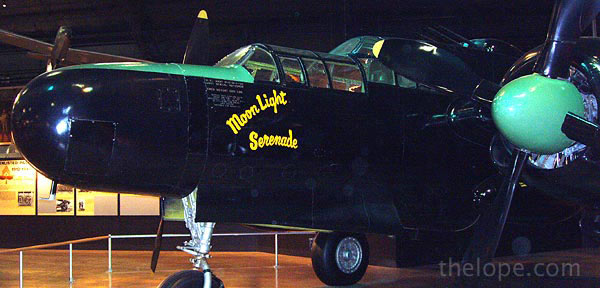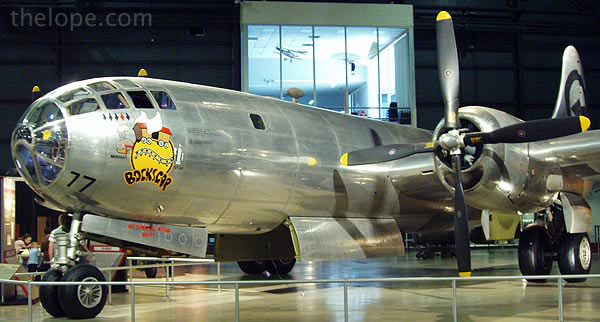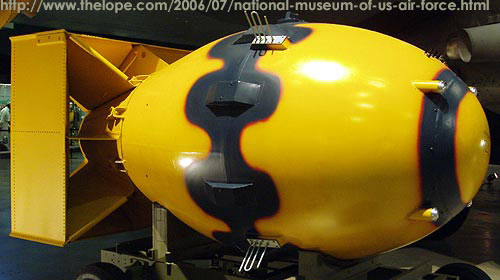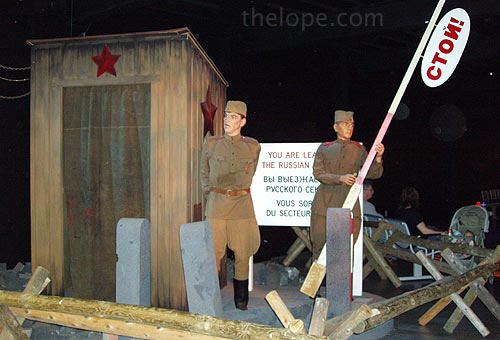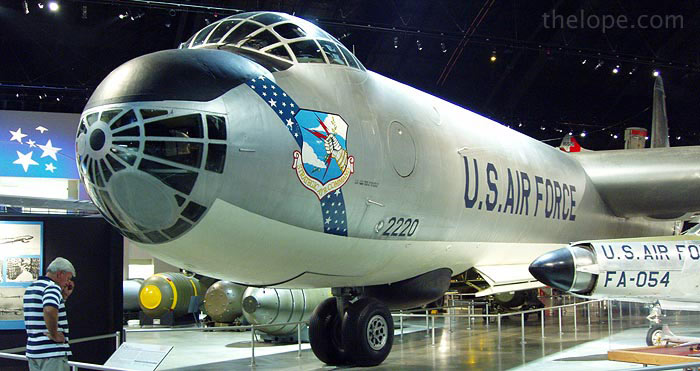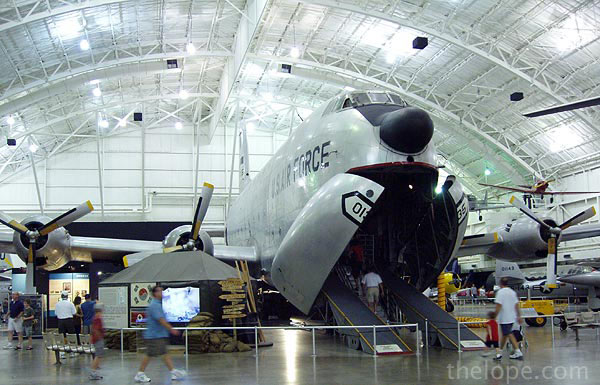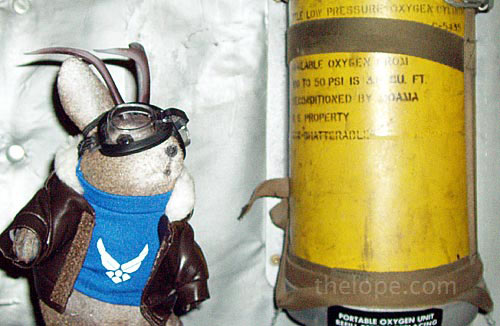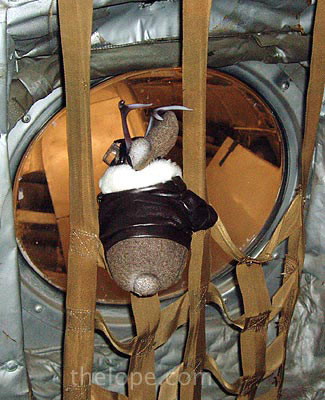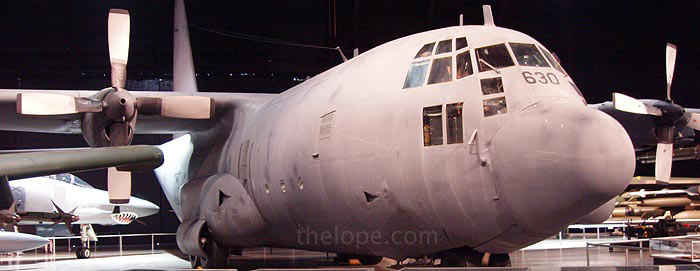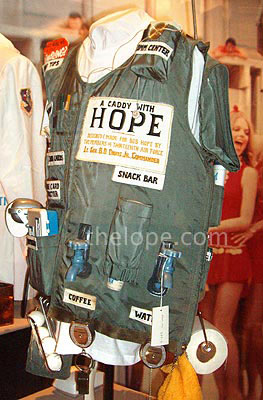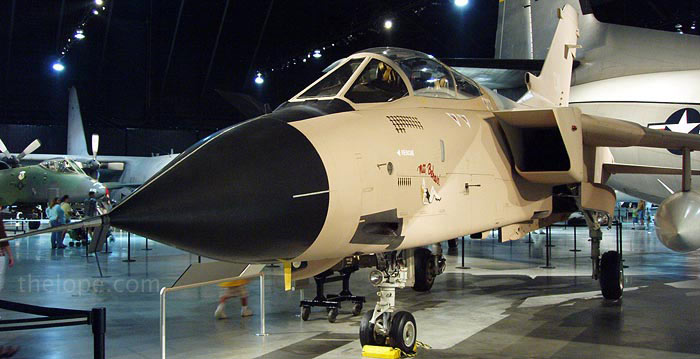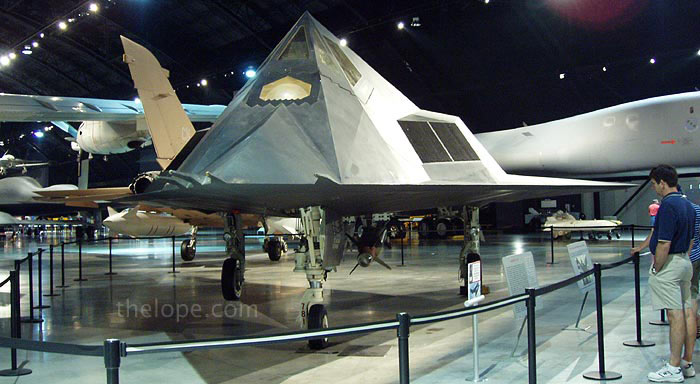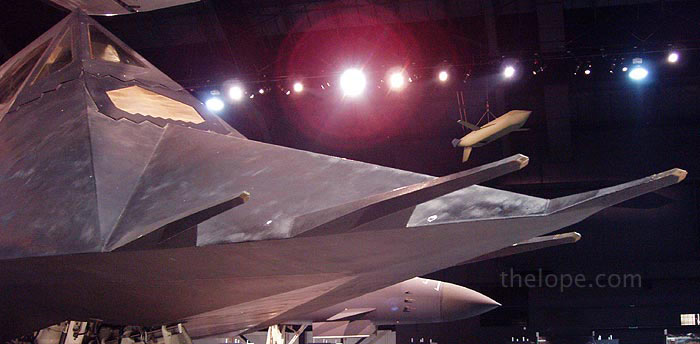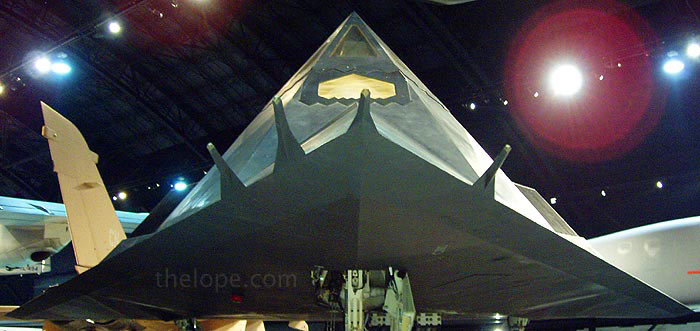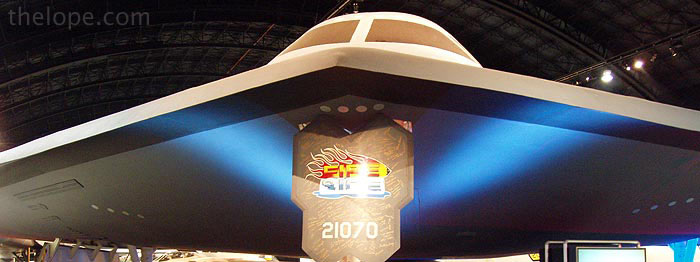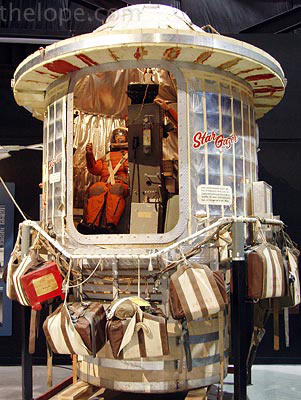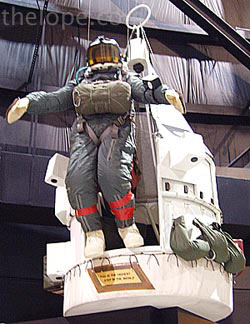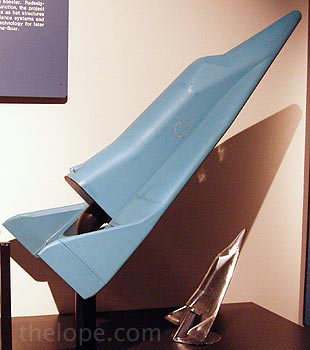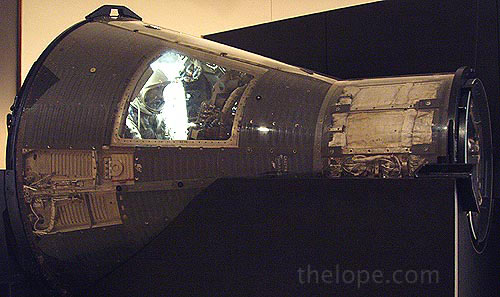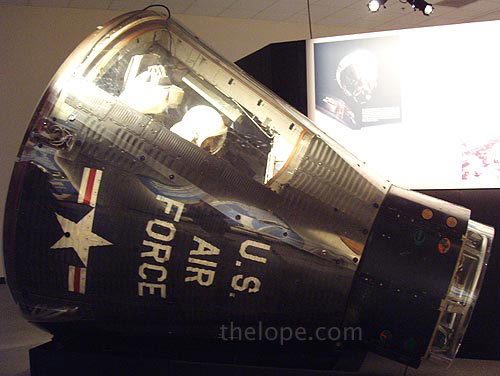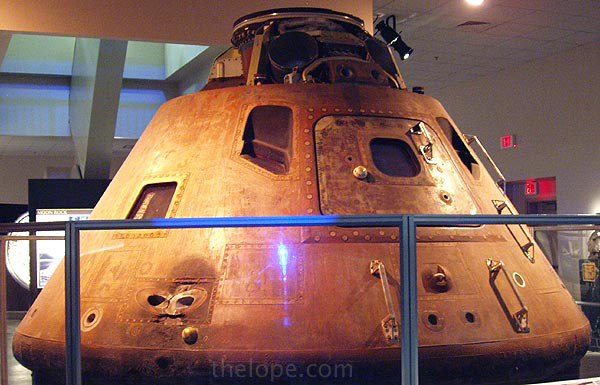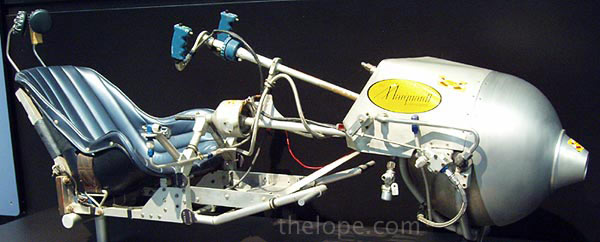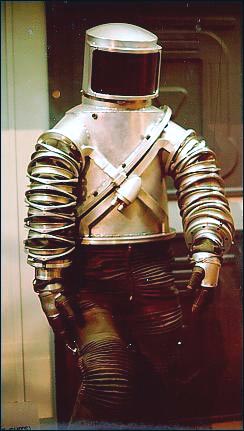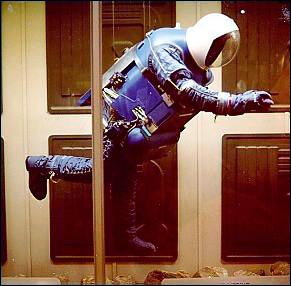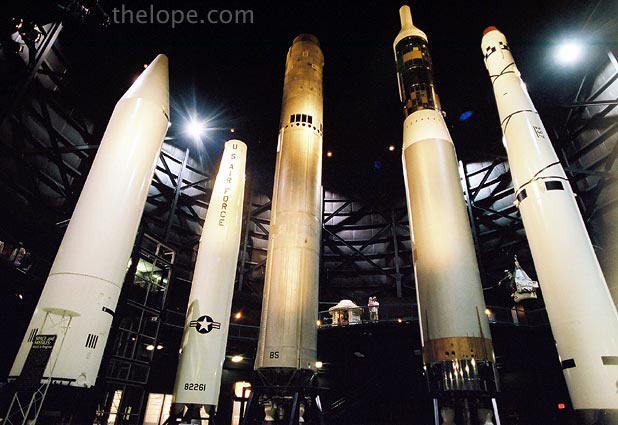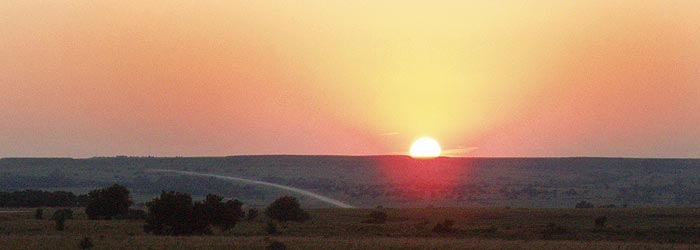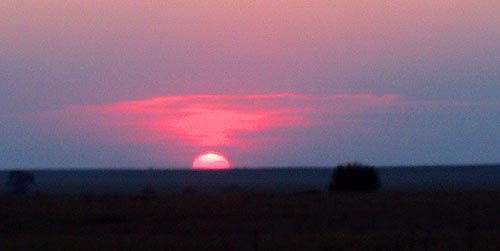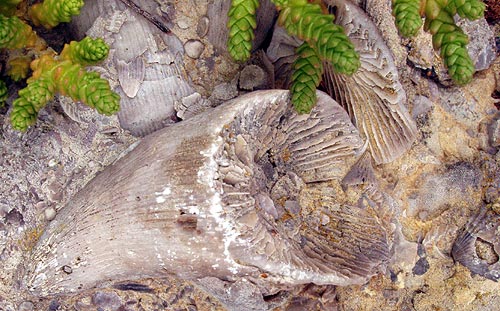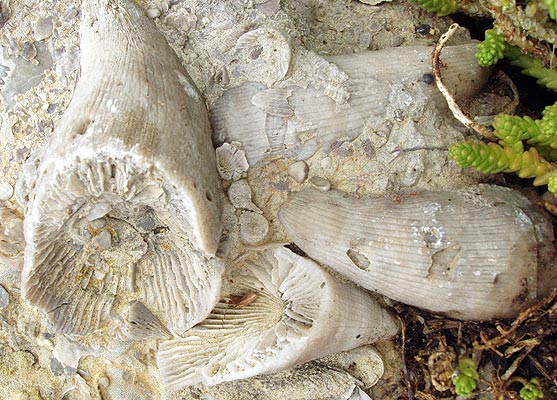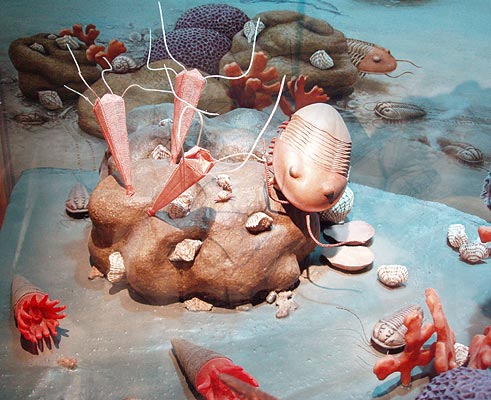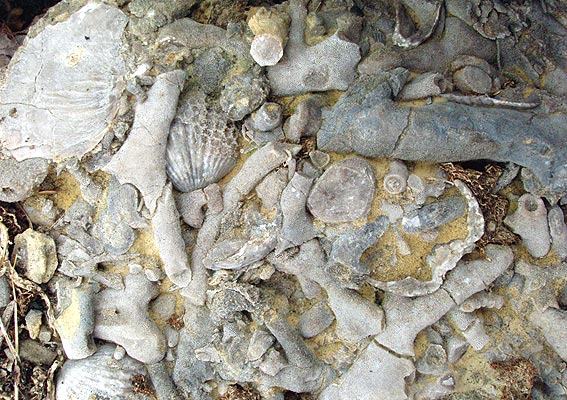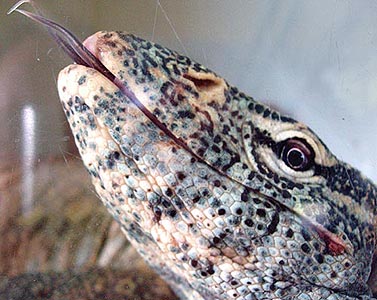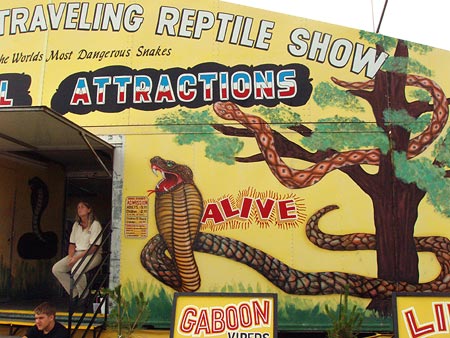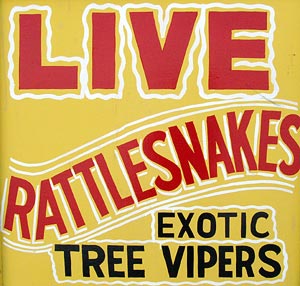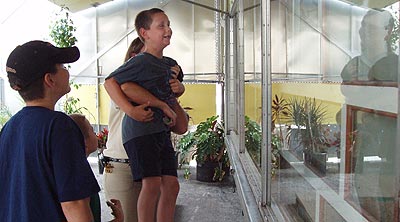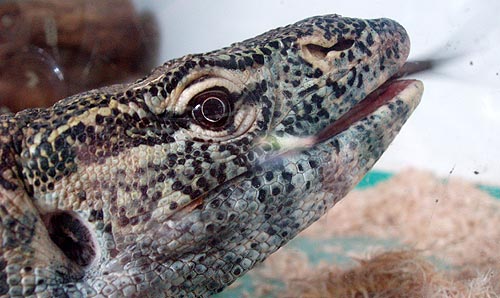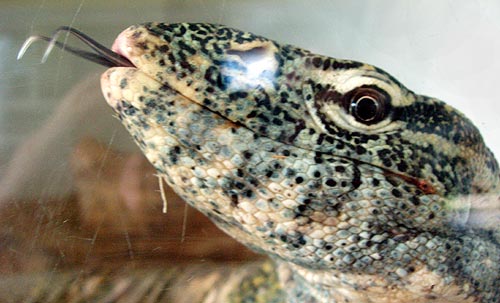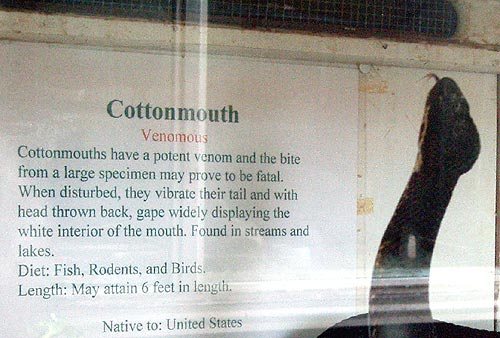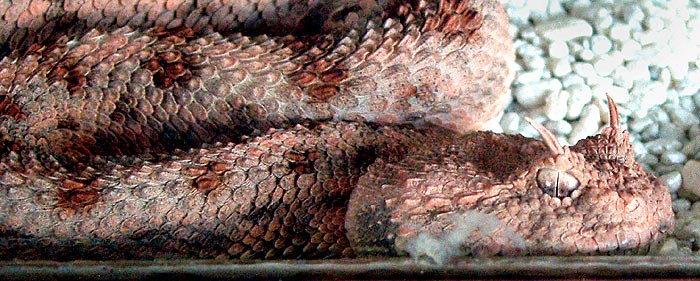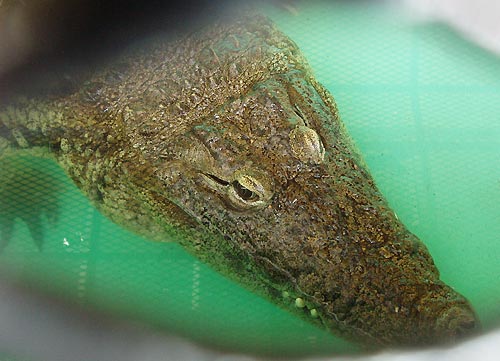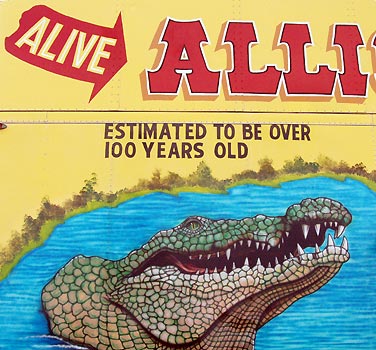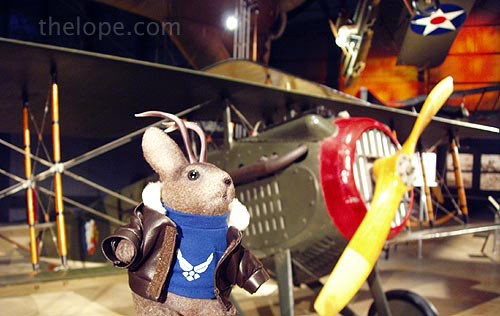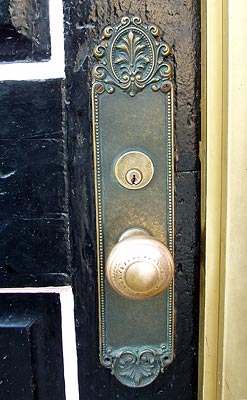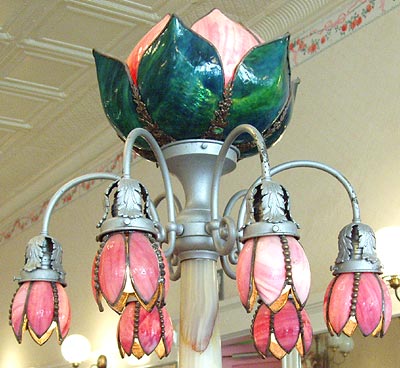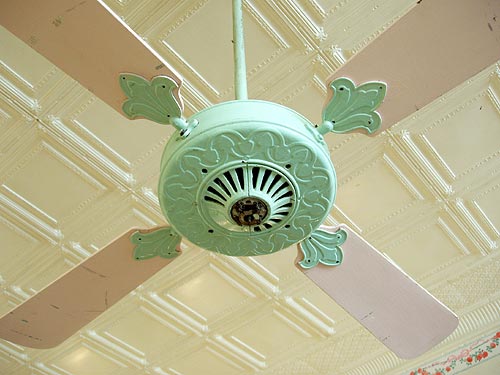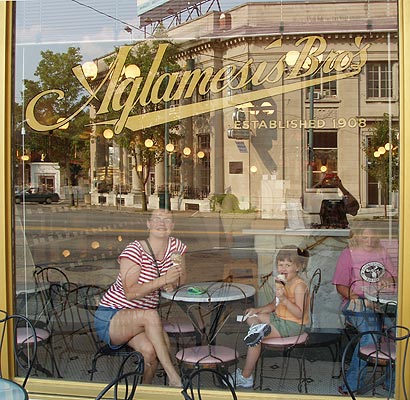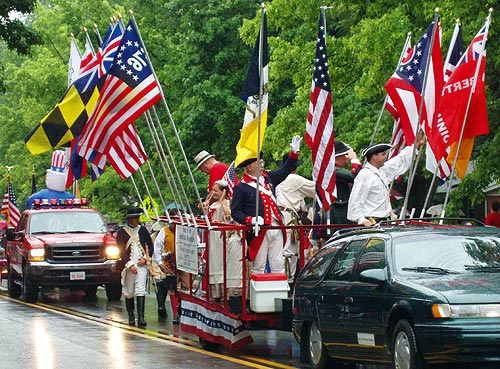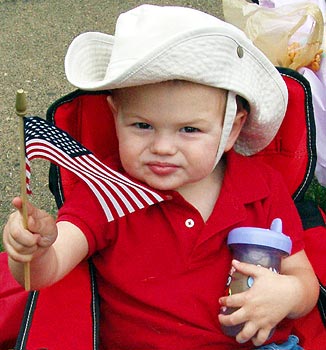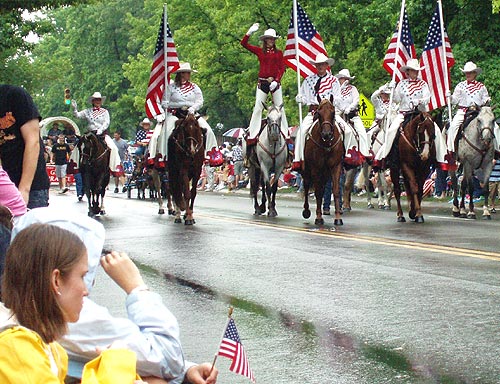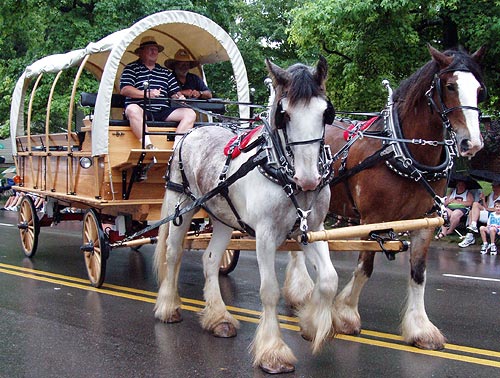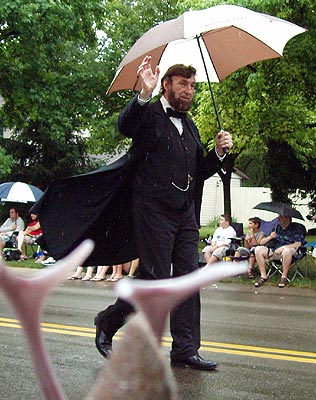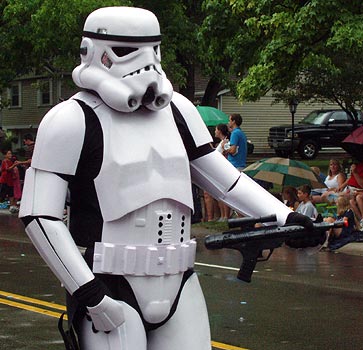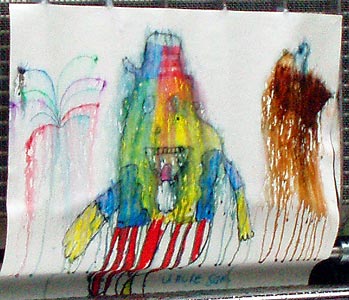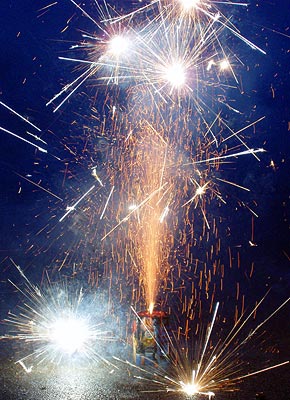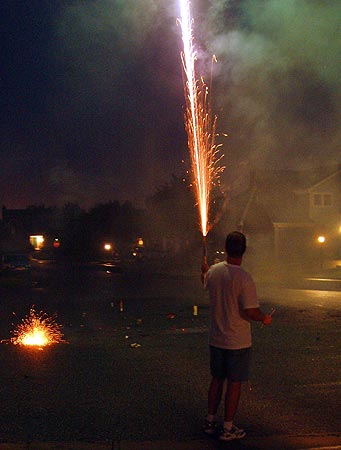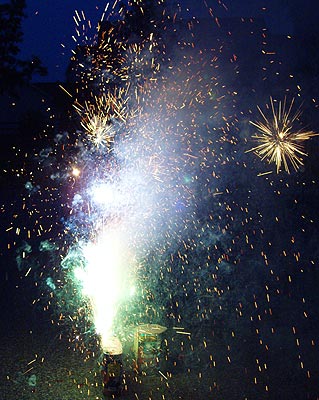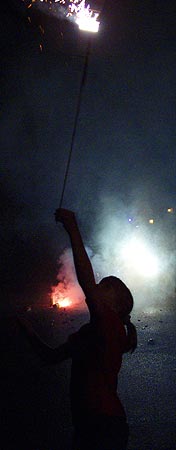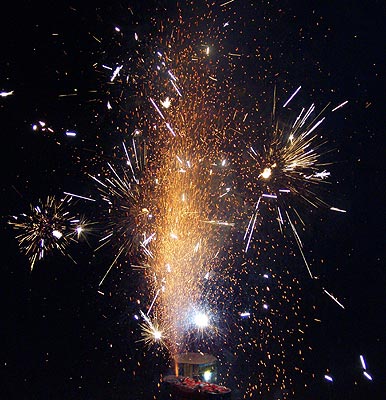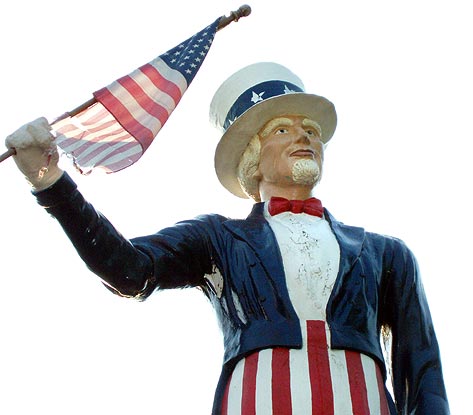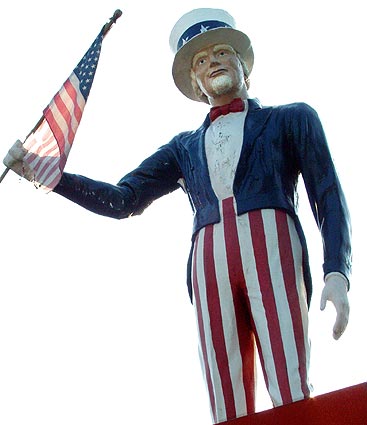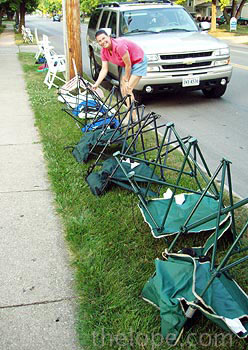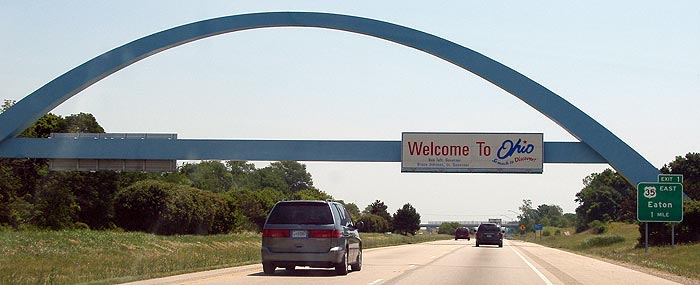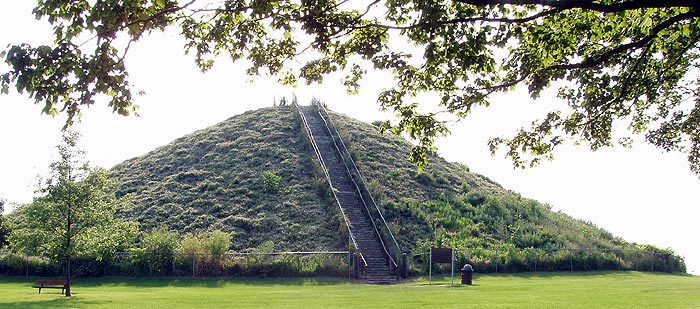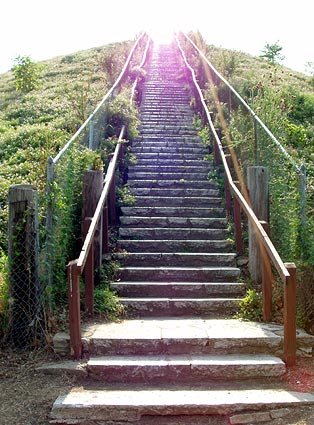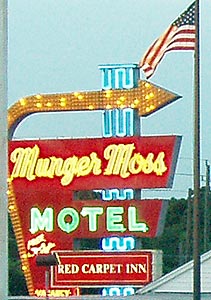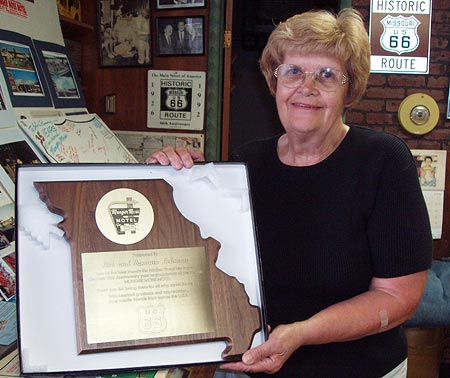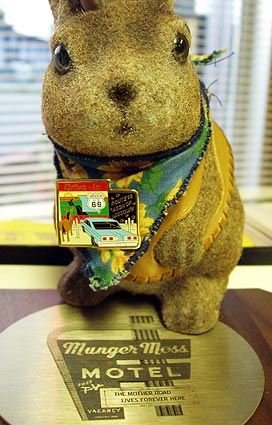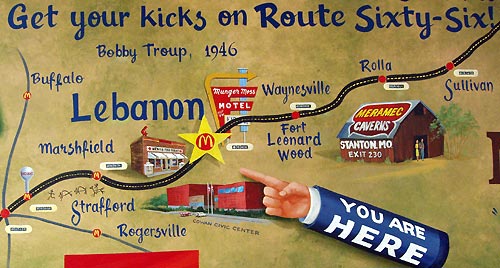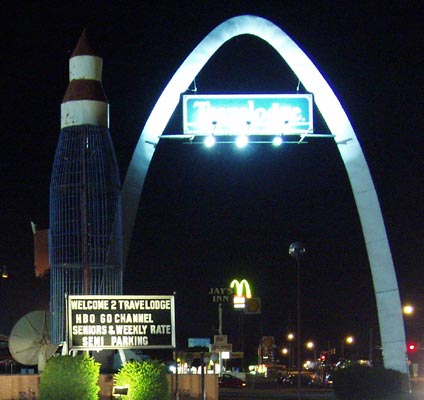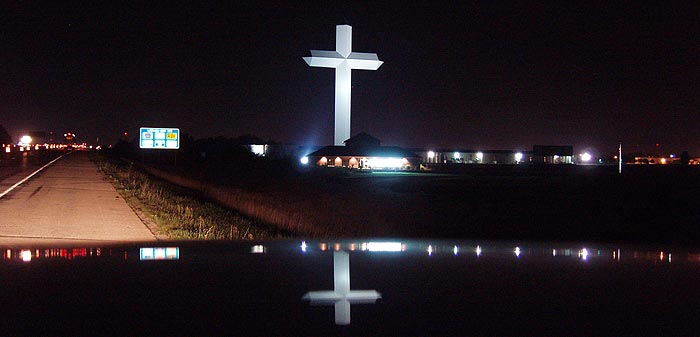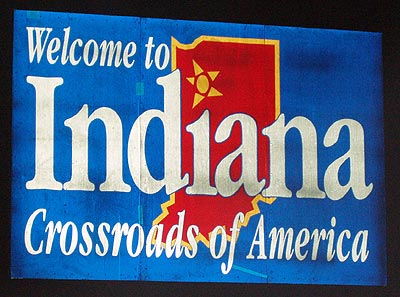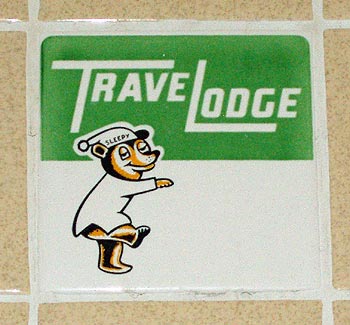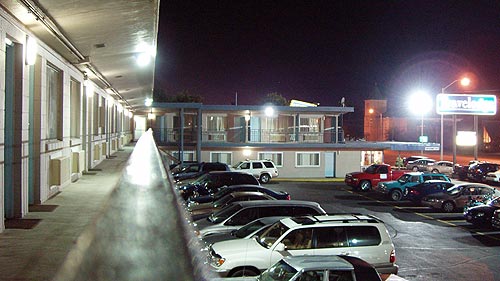This is the 4th and last part of our coverage of Union Pacific's steam locomotive, number 844, and its South Central States Heritage Express Tour.
Part 1 deals with the trains first 2006 pass through Kansas and the towns of Salina, Abilene, Herrington and Hutchinson; it has lots of night views of the locomotive.
Part 2 is a study of the train's coach cars and its arrival in Claremore, OK.
Part 3 shows our cab ride aboard 844.
This last post on 844 concludes our ride in the train from our first stop in Coffeyville, KS, to our destination, Union Station in Kansas City, MO on May 28, 2006.
We left Coffeyville at about 10:30 AM, right on schedule. Once again, I never felt us start to move. This is the view from the dome coach, Challenger, as we pulled out of the Coffeyville yard.
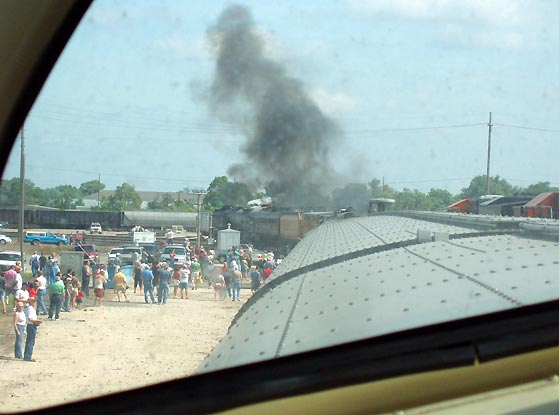
A family watches from their backyard in what I'm pretty sure is Neodesha, KS. Man, what a great place to have a house.

This is a view out one of the vestibules, open air areas at the ends of the coaches. As the train would go around curves, I would have views of the side of the locomotive.
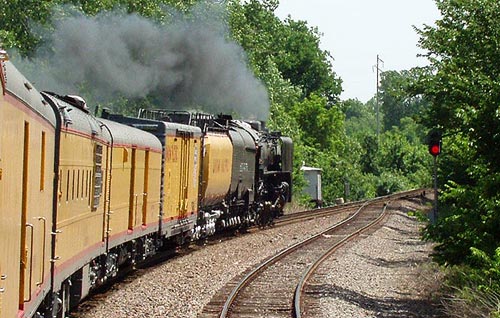
It was slightly difficult to figure out, in retrospect, where exactly we were at a given time. With the aid of a DeLorme atlas and the time stamps on the pictures, I think this is the Verdigris River.
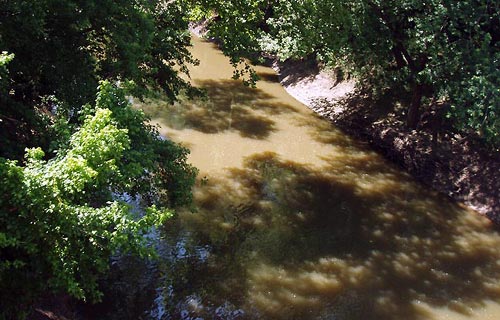
These views are somewhere north of Neodesha, KS.
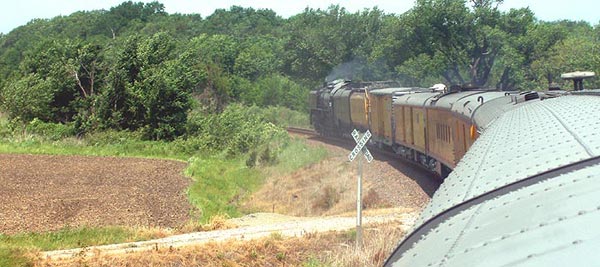
The people you meet on a train are as interesting as the train itself. Daryl McGee of Tulsa, OK, works during the summer as a conductor for Watco, a company that owns a few short railroad lines in the Midwest. He waxes poetic about rail travel and refers to the vestibule as "my little corner of heaven."
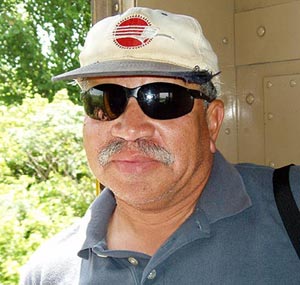
12-year-old railfan Michael Hoge of Arkansas gets to ride the train a second day in a row. The previous day he had permission to ride, and this morning he simply asked the conductor nicely if he could do so again and was granted permission.

Michael's parents drove the route of the train, always staying a bit ahead. Here, he waves to friends who are stationed at a highway overpass.
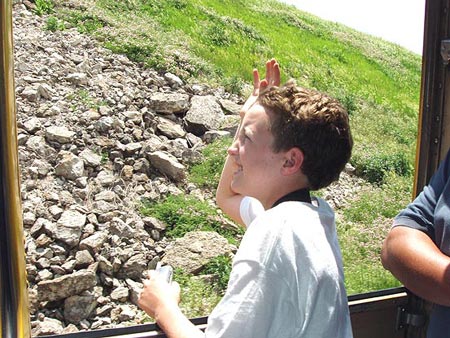
Kevin Dawson, the Manager for Training and Attendance in the Wichita Service Area of the Union Pacific, gives short demonstrations on railroad crossing safety in the track inspection coach, Idaho.

His chart illustrates the different stopping distances of vehicles. I really can't fathom how some people still wish to try to beat a train across a crossing, but apparently they still do.
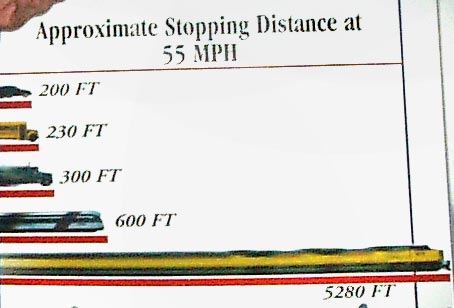
All along the approximately 170 miles of our route from Coffeyville to Kansas City, we would see an assortment of people waving.
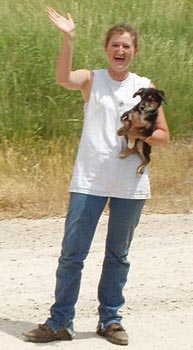
People photograph our arrival in our second stop of the day, Durand, KS (which is, more-or-less, Yates Center).
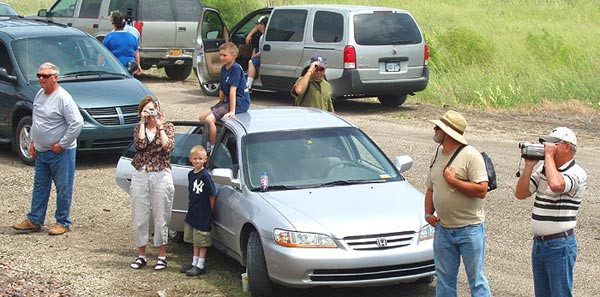
Ace Jackalope greets the people of Durand.
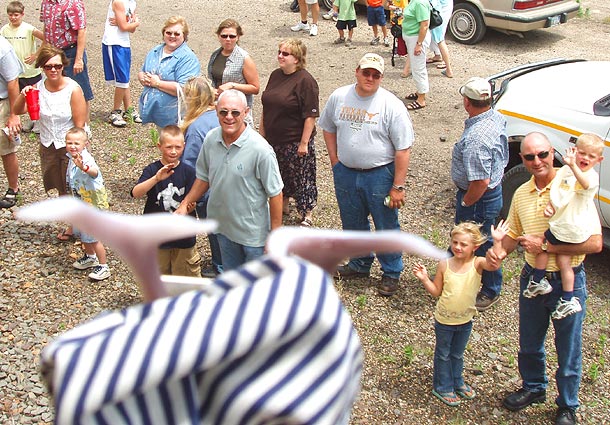
Conductor Reed Jackson communicates with the crew.
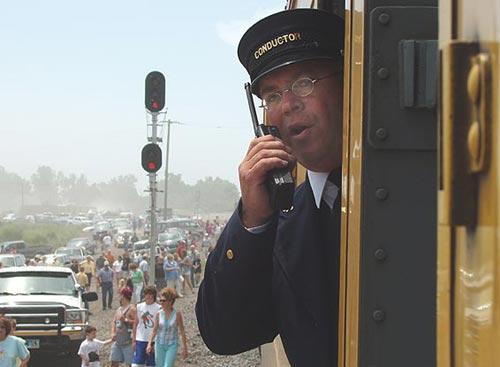
I love the iron work in old railroad bridges. This one is at UP milepost 385 - north of Durand, just after Vernon and before Fields and Dixon.
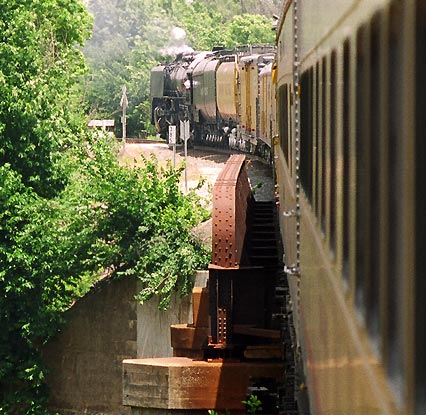
City, small town or country, people everywhere turned out to watch and wave. I think this is near Lane Junction, KS
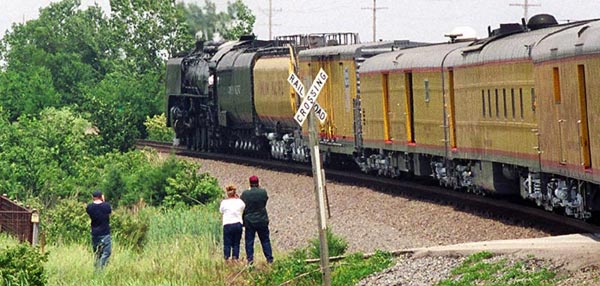
These people are not far from Baldwin, KS, I believe.

It looks like the kids were spooked while dad took pictures.
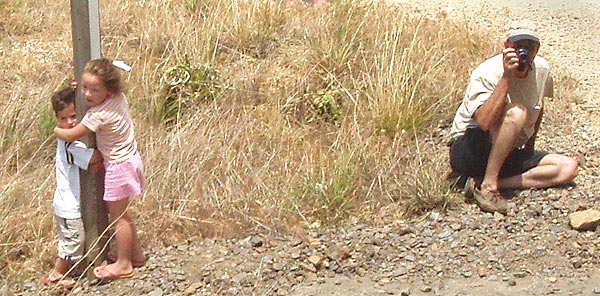
The name of the Marais des Cygnus River is a legacy of French explorers.

A girl runs toward the train as we make a short stop at Osawatomie.
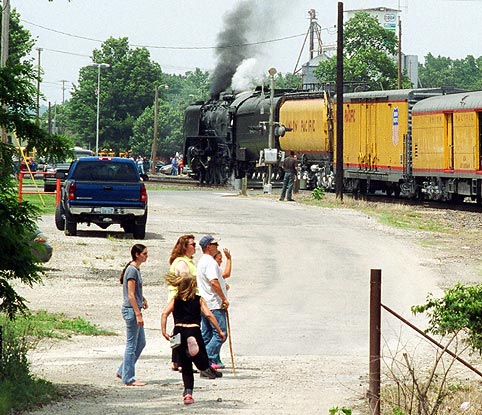
People wave from a rural intersection as a cab passenger looks back.
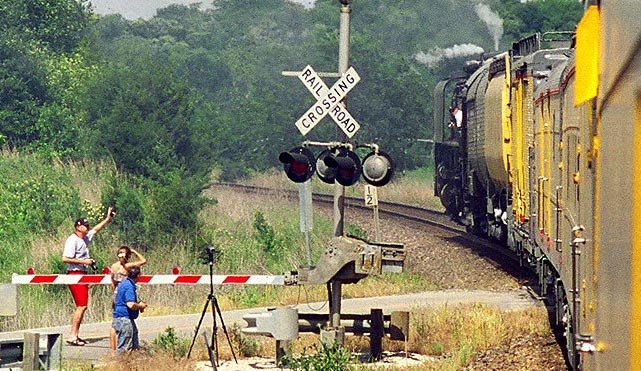
The engine smokes more when it is laboring.
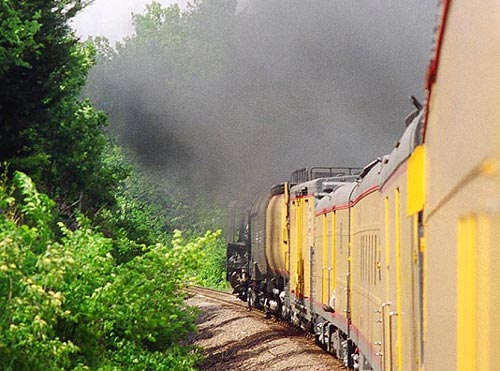
A picnic dinner and a train - what a good idea.
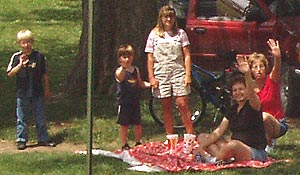
Many of the passengers were family of railroad employees, which reminds me of a line in Steve Goodman's "City of New Orleans", as popularized by Arlo Guthrie:
"And the sons of pullman porters
And the sons of engineers
Ride their father's magic carpets made of steel."
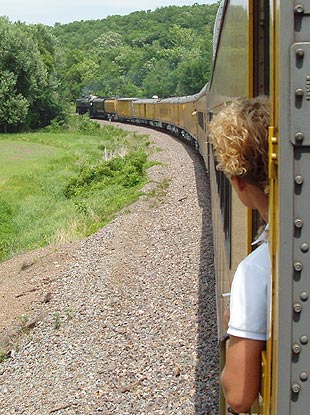
Highway overpasses have long been a favorite observation point for railfans. You'd better not mind a face full of smoke, though.
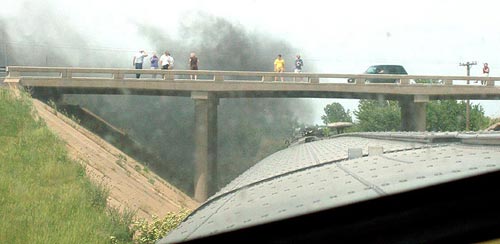
A Union Pacific south-bound freight passes us on the left. UP has absorbed many railroads over the years; the ex-Southern Pacific locomotive is an example of to that. You can see the UP yellow "patch" on the cab. Eventually the whole locomotive will be painted in the UP paint scheme. Fans of "fallen flag" railroads try to see and photograph locos before they are patched. Eventually, they too disappear as they are painted in the Union Pacific paint scheme.
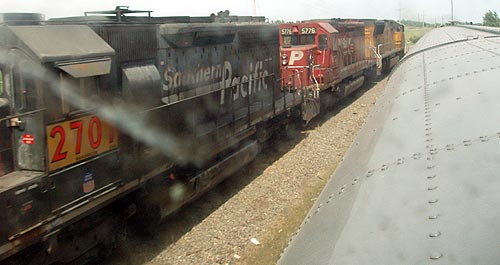
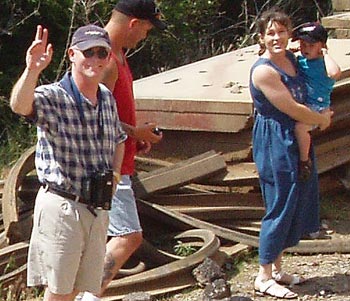
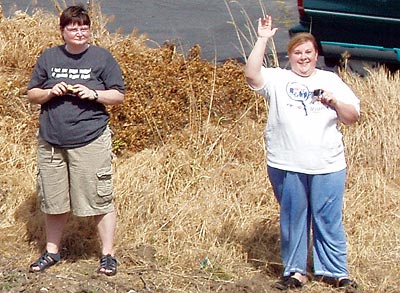
I believe this is Missouri highway 150, between Kenneth and Dodson.
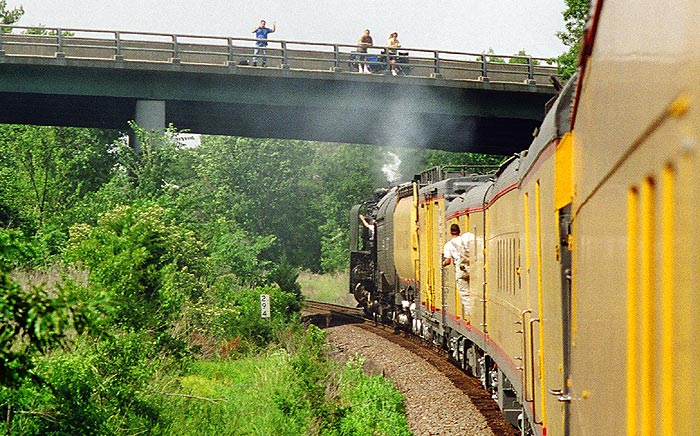
We are treated to a nice S-curve.

The change from rural to urban landscape is dramatic.
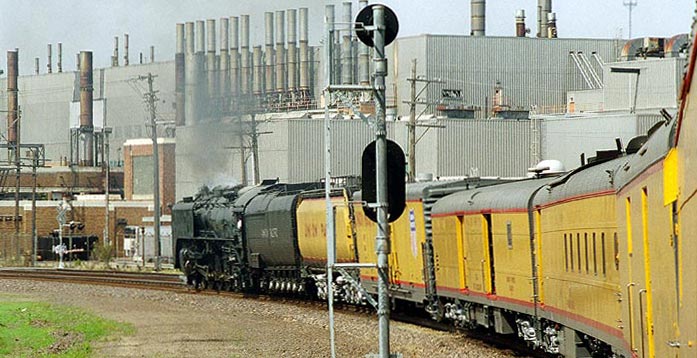
We approach the UP yard in Kansas City
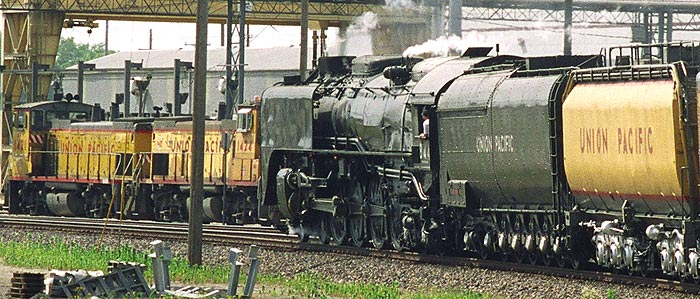
We would stop in the yard to let off most of the passengers, as they were UP employees and had transportation awaiting.
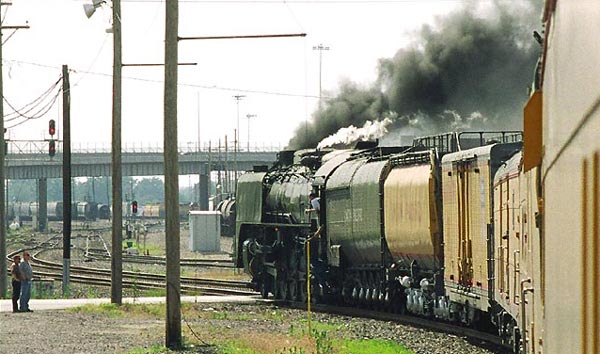
A red signal contrasts with a last patch of green.
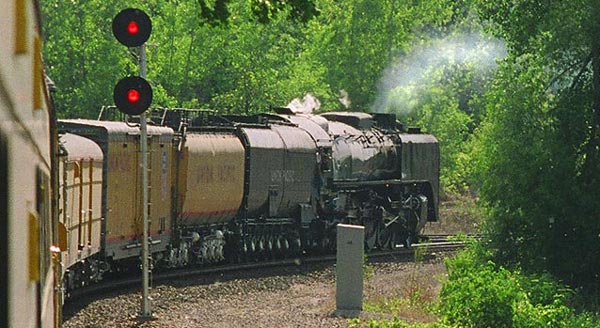
As we traversed this last wooded area of our trip, I was able to see the greenery reflected in the coach cars' shiny finish one more time.
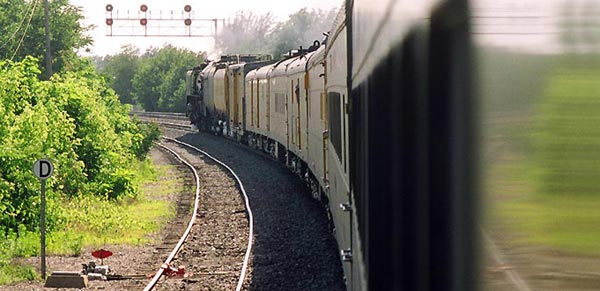
We're entering the urban canyons of Kansas City.
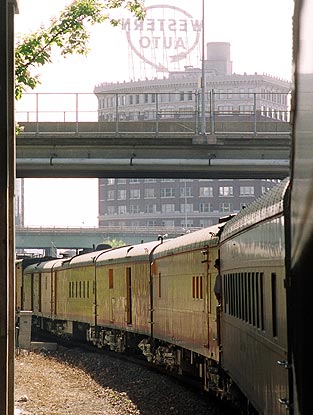
It looks like a railfan is caught leaping from his post to run across the bridge and watch the train as it passes by.
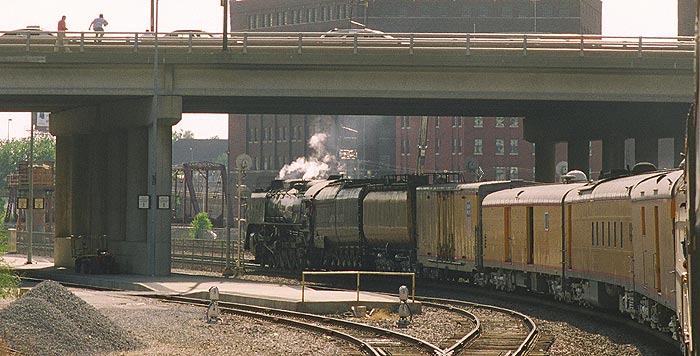
This is a view from the flyover, a relatively new railroad bridge we were traversing.
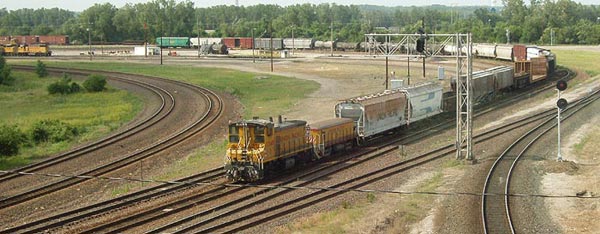
While we backed up to maneuver onto the right track, the Idaho was the place to be. The Idaho is, you may remember, a track inspection car which faces backward with 24 very comfy seats.
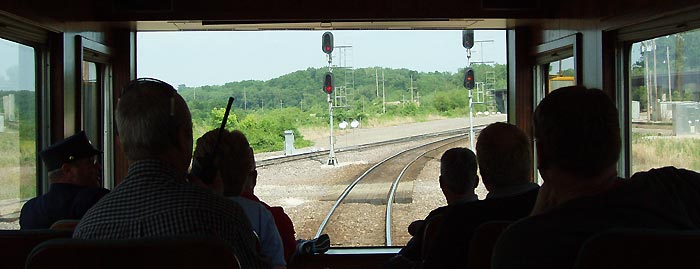
Yep, this is the city.
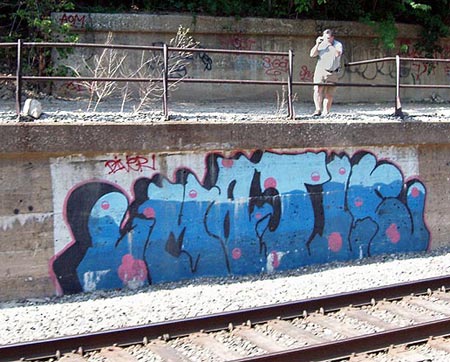
The face of a modern passenger locomotive: sleek and efficient, but utterly bereft of anything resembling life.
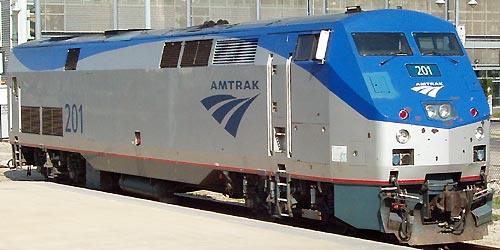
I had seen this railroad cop at Salina, he was one of the ones who let me dote over 844 with night photography well into the wee hours. I had no doubt that he and his partners would have pounced on any sign of a problem, but they allowed myself and other photographers the freedom to maneuver and practice our craft. It was a nice balancing act on their part and I was grateful.
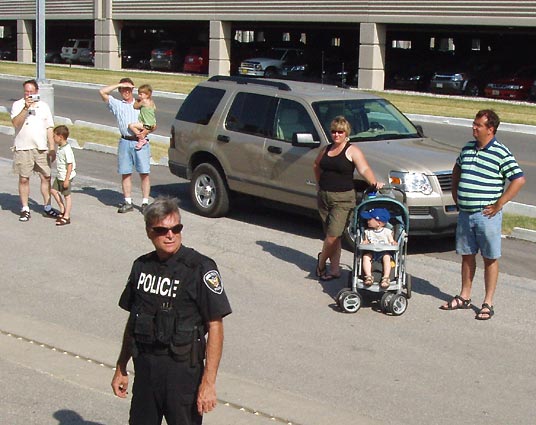
All too soon, we had arrived at Kansas City's Union Station.
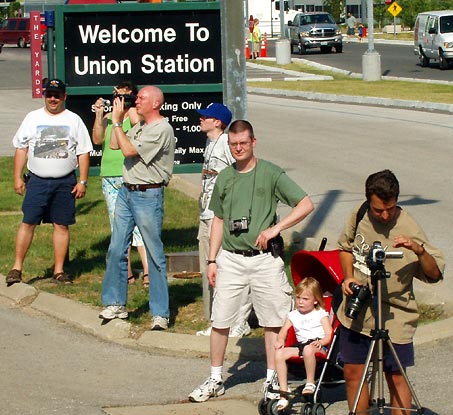
I must say that Kansas City's Union Station was a bit of a disappointment. I was expecting, perhaps, to come to rest by a platform like one would see "back in the day" and to have a view of the station, but alas, the platform was a bare concrete area and the station was all but hidden from view by a new parking garage and a struggling childrens' museum.
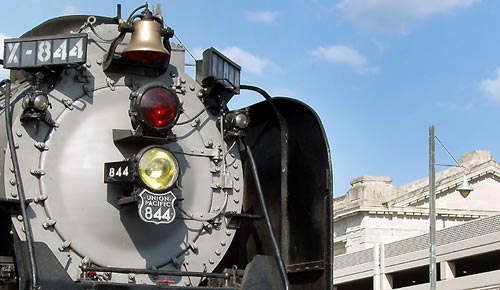
Earlier in the trip, I had asked conductor Reed Jackson for his observations of railroad station rejuvenation projects. He cited the example of St Louis Union Station as being impressive; we'll have to check that out.
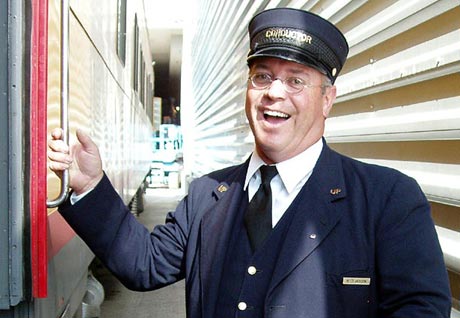
We said goodbye to 844 as a new crowd of people arrived to enjoy it. I've always admired the Western Auto sign in the distance.
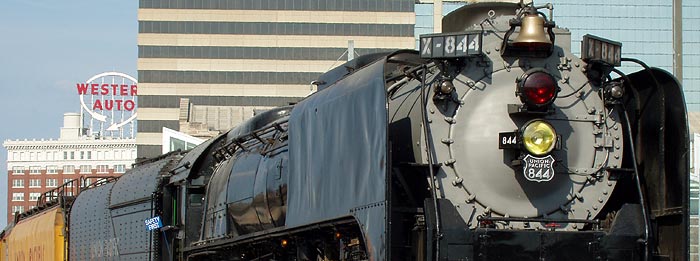
A crewman works on maintaining the locomotive.
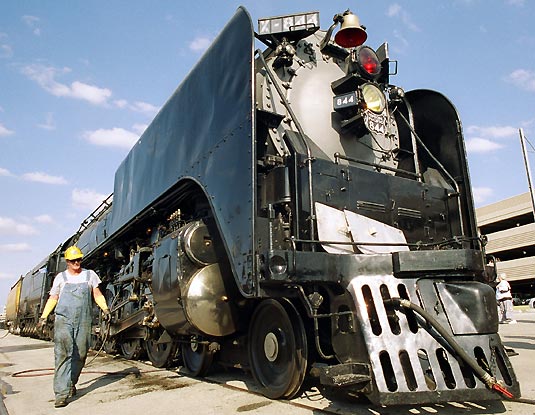
Well, the parking garage that hid the station from view was at least good for something. It offered an overhead perspective of 844 in an urban environment.
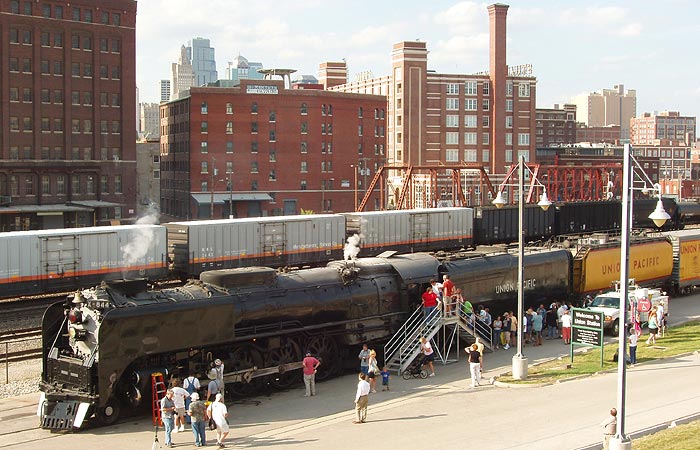
I would miss 844, it had been an inspiring subject to photograph and edit.
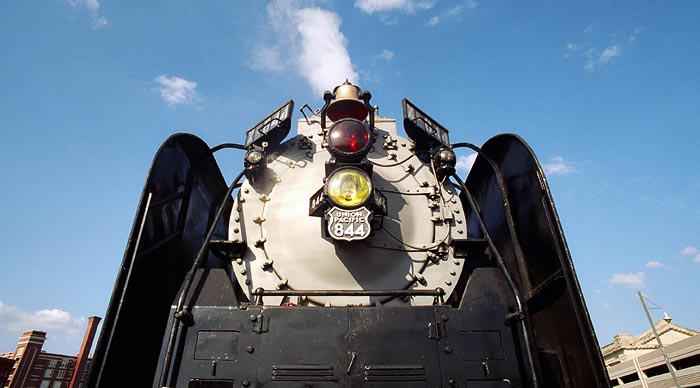
"My heart is warm with friends I make,
And better friends I not be knowing;
Yet there isn't a train I'd rather take,
No matter where it's going."
- Edna St. Vincent Millay

